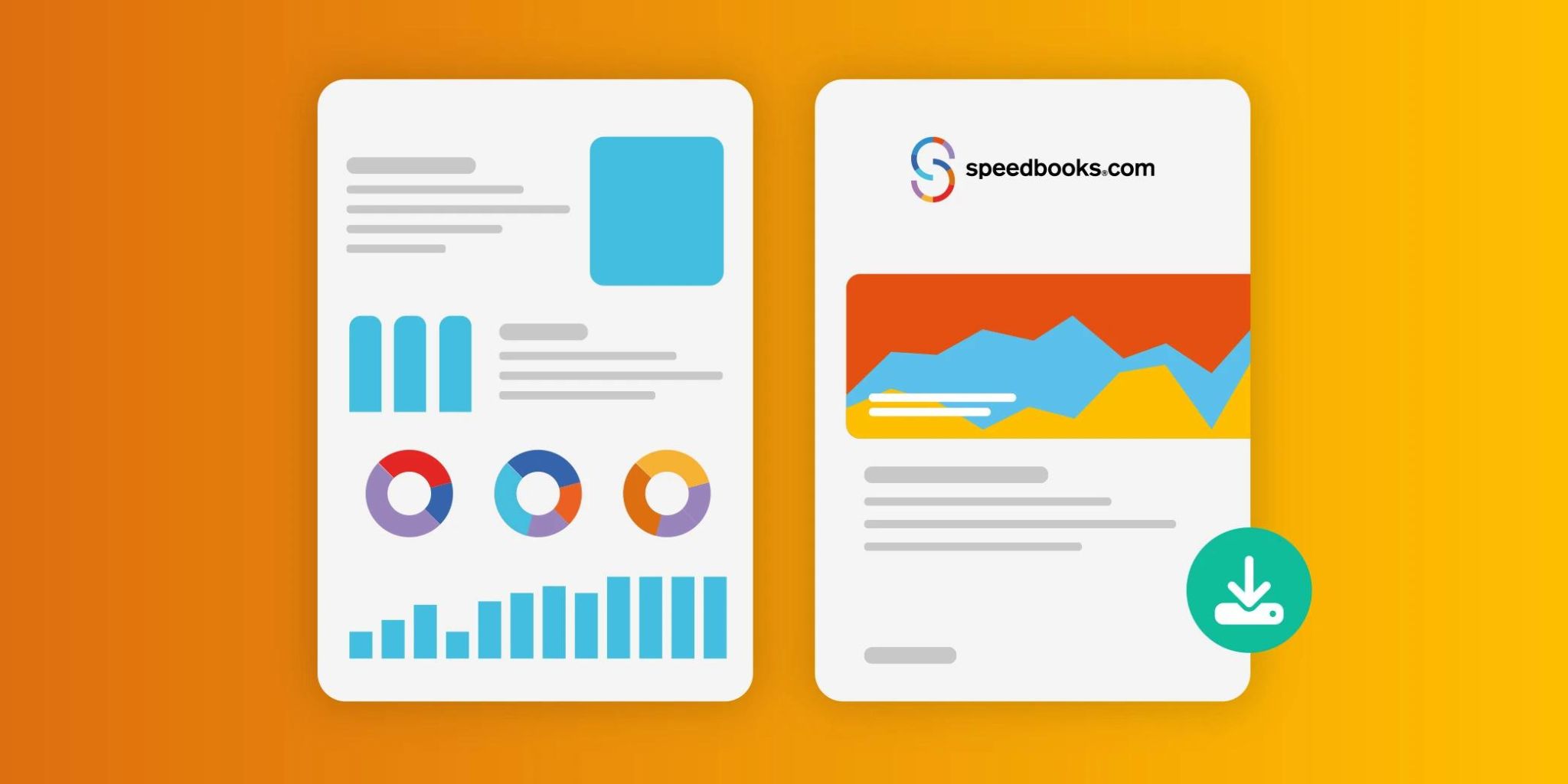In the financial world, the term 'consolidation' often comes up with large companies and organizations. But what is consolidation? Consolidation literally means: merging different related parts. It is a financial technique that involves merging various annual accounts of a parent company.
Consolidation or financial merging of the annual accounts of parent and subsidiary companies is often required by law and is aimed at presenting the financial results and position of the entire group as one.
Merging parent company and subsidiaries
By combining (consolidating) the records of a parent company and its subsidiaries, intra-company transactions and dependencies can be eliminated, resulting in a more accurate and clearer picture of the financial health of the entire organization.
It enables management to assess (via financial metrics) the performance of subsidiaries and identify synergies to improve efficiency.

Why Consolidate
A well-executed consolidation can enhance the credibility of the group and build trust with stakeholders, which is important for promoting sustainable growth and success.
Consolidation is often required by law, provides valuable insights for decision-making and external stakeholders, such as investors, creditors and regulators, enabling them to make better-informed decisions.
Who must consolidate
Consolidation is mandatory for companies that are part of a group and meet certain criteria such as accounting standards and legal regulations.
This means that if a company has a subsidiary, it must include (consolidate) the financial data of that subsidiary in its own financial statements.
This also applies to companies that have a majority interest in other companies, usually defined as owning more than 50% of the shares.
What do consolidated financial statements consist of
From the aggregation of the individual financial statements of all organizations within the group. Intercompany transactions and mutual interests are eliminated to avoid double accounting.
The consolidated financial statements consist of a consolidated balance sheet, which shows the assets, liabilities and equity of the entire group, a consolidated profit and loss account that reports the income and expenses of the group, and a consolidated cash flow statement that shows the cash flows within the entire group.

Providing a simple management overview
Making a consolidation is also a good way to easily create an overview of the company figures (for the central management).
The additional information, such as notes, important accounting policies and segment information, provide a total insight into the financial performance of the entire group. This allows management to make the right decisions.
Free example reports and brochures
View and download a free sample liquidity budget here. With the Speedbooks sample liquidity budget you can see how easy it is to create a liquidity budget.
Download the Speedbooks® sample reports and brochures for free and experience the ease and benefits yourself.


Use professional reporting software
Compiling financial reports, such as a consolidated annual report that meets all requirements and (interim) profit forecasts and reports, is very easy and affordable with the help of professional reporting software, such as Speedbooks®.
Quickly provide yourself or the management of an organization with the latest financial insights. Without extensive spreadsheets and a flood of figures.
This data can be displayed both in figures and graphically in the online financial dashboard and an app. Real time, 24/7 and worldwide!
Benefits of consolidation
Thanks to consolidation, it is quickly clear what the total equity is of the parent company/partnership/holding company, but also of the subsidiaries.
The consolidated annual accounts must be drawn up by an accountant, but every entrepreneur should be able to read and understand them.
Capital providers want to invest in the holding company, not in a subsidiary. With a consolidated annual account, they have a complete overview of the most important figures.
How to consolidate financial statements
There are two techniques for arriving at consolidated financial statements: full consolidation and partial consolidation. Full consolidation is particularly relevant when the parent company has a significant interest in other companies and has a significant influence on their activities.
Partial consolidation is useful when full consolidation is not appropriate or when the financial impact of the subsidiary on the group is relatively small.
What is full consolidation
This consolidation method combines not only the balance sheets, profit and loss accounts and cash flow statements of the underlying companies in a group, but also all other elements of their financial statements, such as intra-group transactions and the results of associates and joint ventures.

What is partial consolidation
A partial consolidation looks at the ratio of shares spread among the subsidiaries. This means that the figures from the balance sheet and profit and loss account are drawn up pro rata.
In addition, sales and outstanding receivables of subsidiaries are mutually cancelled out. In short, the final profit from sales to third parties is shown in the consolidated or joint annual accounts.
What happens with the consolidation
The consolidated financial statements are thoroughly audited by internal and external auditors to ensure that all financial data is accurate and complies with relevant accounting standards and regulations.
Once approved, the financial statements are published and included in the parent company’s annual report.
The consolidated financial statements must then be disclosed to the relevant regulatory authorities, such as the Chamber of Commerce, and on shareholder websites, as required by law.

About the author drs. Konstantijn Mikes
Founder, inventor and shareholder of Speedbooks reporting software Konstantijn Mikes (1966) is a graduate economist. He studied Economics at the leading Erasmus University in Rotterdam.
At Speedbooks he is responsible for the content development of the reporting software, and he manages the internal developers and the external developers.
